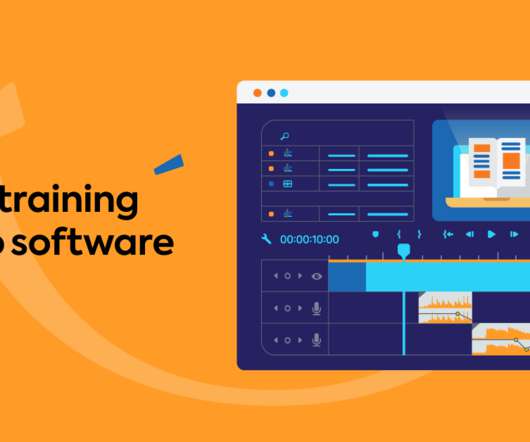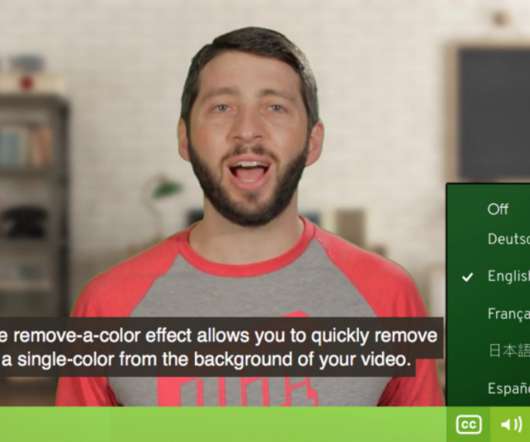Audio for eLearning: What's that Popping Sound?
The Logical Blog by IconLogic
NOVEMBER 11, 2010
If you've recorded your own audio for an eLearning project, I'm betting you're guilty of creating your own plosives at least a few times. The air causes the microphone to create the "popping" sound, which can be distracting to learners. Rick teaches our Audio Basics for eLearning online class.


































Let's personalize your content